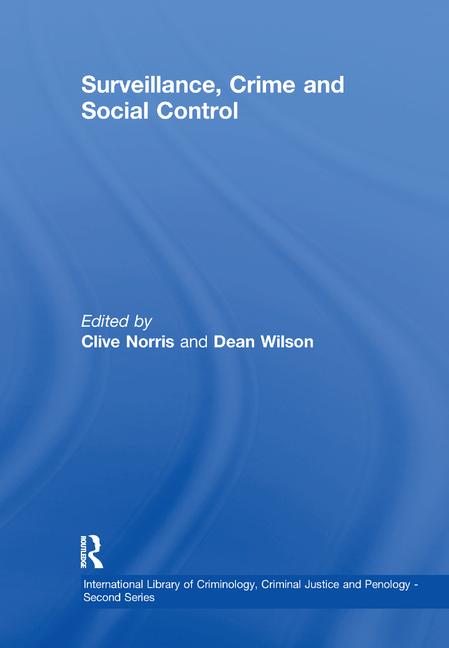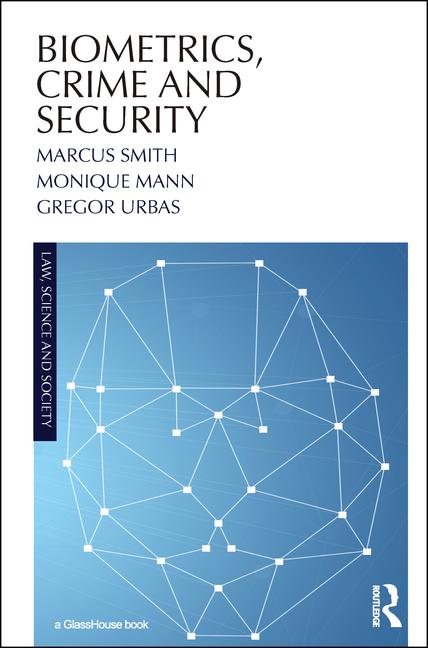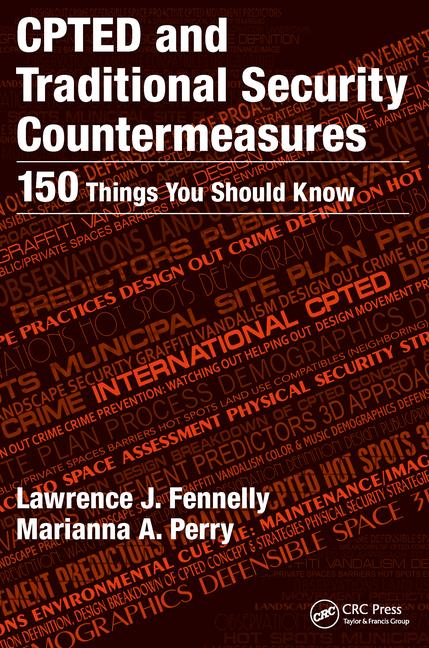Although crime rates are at their lowest point in 30 years, the number of arrests has only declined slightly, and the U.S. spends more than $100 billion on police annually, according to a May 2012 report from the Justice Policy Institute.
The money funds 714,921 sworn police officers and “an increasing number of militarized police units,” the report, “Rethinking the Blues: How we police the U.S. and at what cost,” says.
And although arrest rates have not changed too much since the crime wave of the early 1990s, the reasons for the arrests have.
Many arrests now are for the possession of very small amounts of drugs. Arrests for drug offenses increased 45 percent from 1993-2010, while arrests for violent crime and property crime decreased by 27 and 22 percent, respectively, the report says. Arrests in total have only fallen 20 percent.
Spending on police protection has increased 445 percent since 1982. Federal funding for police forces has increased the most, by 729 percent, the study says.
The report also states that arrests are occurring disproportionately to the actual crime demographic.
“Although Blacks make up 13 percent of the population, they make up 31 percent of arrests for drug offenses, while whites are 72 percent of the population, but 67 percent of arrests. Meanwhile both groups report similar rates of drug use,” the Justice Policy Institute report says.
The institute suggests that policymakers:
- · Reform laws and sentencing so police don’t have to pick and choose offenses.
- · Reallocate resources to positive social investments to improve public safety.
- · Focus law enforcement on the most serious offenses.
- · Implement policies that allow officers to issue citations for certain offenses instead of arrests.








